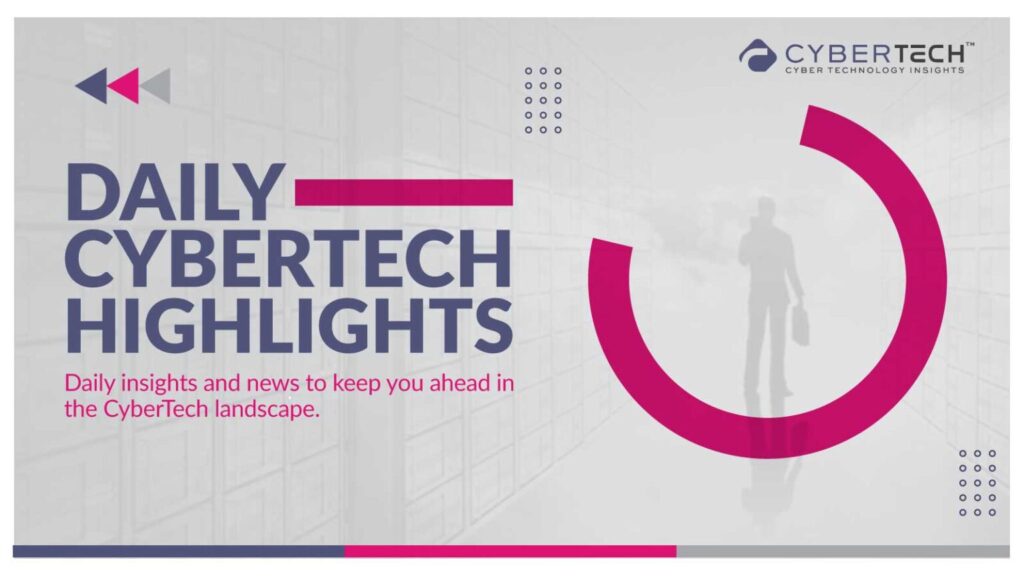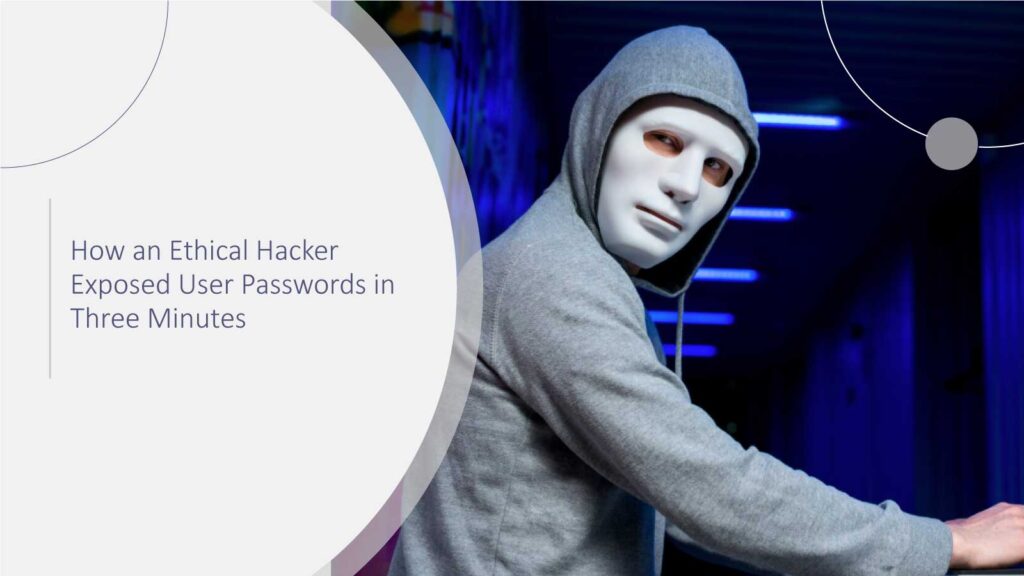Can you picture the tall rock walls of a medieval fortress, that moat that was probably at least ten feet deep, and that drawbridge, which was the only way to get in or out? To put it simply, what you had was a machine that had been running smoothly for ages. What if the challengers merely sailed their drones over the walls or excavated a tunnel under the castle? Suddenly, your fortress looks less like a stronghold and more like a costly work of art – unless you embrace a Zero Trust approach that never relies on static defenses alone.This is exactly the case with the traditional firewalls of today. Firewalls, indeed, have been the gatekeepers of the corporate networks and were the front line, where they performed the function of filtering out the “untrusted” traffic and at the same time, letting the “trusted” one enter. However, with the rise of AI as a main character and the repercussion of deepfake attacks, automated intrusion, and polymorphic malware as the villainous forces in the game of cybersecurity, firewalls sometimes resemble guards who are checking IDs at the door while the attackers are holding the VIP passes, which were stolen from the insid,e and that allow them to enter without any trouble.
McKinsey’s 2025 AI in Cybersecurity report shows 70% of security leaders say perimeter defenses are ‘no longer sufficient’ against adaptive threats.
If so, what will be the genuine defense of 2025 and beyond then? The solution is a combination of Zero Trust and AI. Not only as a fad. Not only as an optional extra. But as the sole protector that is adaptable enough to move along with such swiftly changing dangers.
We are exploring the reasons for this being a necessity, the manner in which the Zero Trust + AI system operates, and the reasons that the leaders, such as the CIOs and the engineers, have to reevaluate their cybersecurity infrastructure before the attackers do it for them.
The implementation of Zero Trust securely, but mostly concentrates on conformity frameworks rather than the integration of AI.
Research mentions the insider threat problem, but substantially relies on anecdotal stories without deeply associating them with the considerable changes, such as Zero Trust.
The difference? Most of the correspond to these issues as disconnected ones. Our perspective at Cyber Technology Insights is more comprehensive: AI i not only about detection, and Zero Trust is not only about identities. Together, they are the game-changer when it comes to cyber resilience.
According to Gartner’s 2025 CISO Survey, 82% of enterprises see Zero Trust as the foundation of their AI-driven security roadmap, yet fewer than 35% have implemented it end-to-end.
Why Firewalls Alone Can’t Keep Up
Firewalls were invented for the era of the perimeter-based world, in which companies could easily differentiate between “owned” and “unowned”. Nonetheless, the modern digital world is more spiderweb than fortress by far. Workers may log in from any place. Apps span several clouds. Data moves at API speed.
The adversaries are taking the same path. AI-powered tools might:
Produce phishing letters so authentic-sounding that they not only go past spam filters but also the judgment of the recipient.
Start polymorphic malware that changes its code continually every few seconds to avoid capture.
Take advantage of the network lateral movement area that depends on only one compromised device.
Gartner states that, by 2026, 30% of businesses will no longer use traditional firewalls as the main perimeter defense and rather opt for identity-driven controls.
An IBM study found that 67% of organizations breached last year had perimeter firewalls in place, but attackers bypassed them using credential theft and lateral movement.
So, if the walls no longer work, what’s the alternative? Enter Zero Trust, powered by AI.
Zero Trust: The Philosophy of “Never Trust, Always Verify”
The essence of Zero Trust at first seems very basic: no user, device, or application is trusted by default. Continuous verification is mandatory for everything: identity, context, and behavior.
Rather than inquiring, “Is this traffic coming from inside or outside?” Zero Trust instead questions:
Who is this user?
- Is their behavior consistent with their role?
- Is the device healthy, patched, and compliant?
- Do they actually need access to this resource right now?
This is the place where AI turns the model into a scalable one. Without AI, the operation of checking every move would have brought businesses to a near stop. With AI, it is real-time that organizations are able to go through billions of data points and at the same time find the minute differences in comparison to anomalies that humans might miss.
AI: The Muscle Behind Zero Trust
AI is definitely not just about a faster discovery of bad traffic. Rather, it is about comprehending what “normal” means based on the context.
Let’s visualize these facts:
A New York-based worker from a company laptop logs in exactly every weekday at 9 a.m.
Out of the blue, someone with the same username and password tries to get access to sensitive information at 2 a.m. in Singapore via an unknown device.
A conventional firewall may fail to detect such an incident because it only identifies “valid credentials.”
Zero Trust coupled with AI signs this one immediately: “Behavior does t line up with the baseline.”
What’s more, AI arms the predictive defense mechanism.
Rather than reacting to previously encountered signatures or waiting for alerts, AI models can predict possible break-ins by identifying even the smallest changes in behavior.
In McKinsey’s 2025 report on AI in cybersecurity, the companies implementing an AI-driven Zero Trust framework have been able to cut down their detection-to-response time by 70% as compared to those running only the perimeter model.
Beyond the Buzz: How Zero Trust + AI Works in Practice
Imagine cybersecurity as airport security, if you want to humanize this.
Firewalls are the security gates of the airport: you are in once you get past them.
Zero Trust is like continuous checking: boarding pass verification, ID scans at multiple points, a nd random screenings.
AI is the TSA agent who’s trained not just to follow rules but to notice subtle red flags-such as sweaty palms, surprising ticket purchases, or behavior that doesn’t fit the usual traveler profile.
Together, they form layered resilience without causing a serious delay in the operations.
Really, it Is Where The Industry Use Case Matters The Most.
Modern medicine- Secure patient medical records from the ransomware attacks that AI creates.
The financial world- Keep the fraud of account hijacking at bay by continuously monitoring account behavioral patterns.
Production- Protect Internet of Things devices that cannot be protected with firewalls only.
Consumer business- Stop fraud during the transaction using AI anomaly detection in real time.
Government & Military- Prevent the collapse of extremely important infrastructure with the help of these technologies when downtime is not an option.
Engineering Implications: The Shield Construction
The message for the chief engineer would be this: Zero Trust + AI is not merely a defense stance – it is a change in the construction of the entire system.
Actions needed to put it into effect are:
Identity-Centric Design – Turn identity into the new perimeter.
Microsegmentation – Restrict the movement along the horizontal by dividing the network into secure zones.
Policy-Driven Automation – Rather than manually, use AI models to dynamically enforce policies.
XDR Integration – Combine detection and response across endpoints, cloud, and network layers to extend.
Continuous Threat Exposure Management (CTEM) – Do real-time attack simulations to depict defenses before attackers do.
To Wrap It Up: Your Updated Firewall
Firewalls will still play an important role. However, as frontline defenders, their time is over.
In the world of AI-led threats, the Zero Trust plus AI combo is the only defense that evolves as quickly as the attackers come up with new tactics.
For CISOs, CIOs, and security engineers, the question is not about whether you should adopt this model but rather how soon you could be implementing it.
Because in cybersecurity, speed doesn’t only save money. It saves trust, reputation, and resilience.
FAQs
1. Why are firewalls considered less effective today?
The main reason is that attackers nowadays can easily bypass perimeters by using stolen credentials, cloud services, or AI malware. So firewalls are not enough to do the job as they cannot verify identity or find abnormal activities.
2. What is the biggest benefit of combining Zero Trust with AI?
The main reason is that AI can carry out all the necessary checks at the same time, without ever slowing down operations, and thus always be up to date with the latest Zero Trust policies.
3. Does Zero Trust mean removing firewalls entirely?
Not quite. At the very beginning, AI-driven identity defense, along with firewalls as a support component, forms the secondary layer of defense.
4. How does Zero Trust + AI impact user experience?
In fact, if well planned, it elevates the experience by minimizing the interface with adaptive access, i.e., re-demanding authentication only in cases where behavior is doubtful.
5. Is this approach only for large enterprises?
The answer is no. Also, smaller and mid-sized businesses have the opportunity to capitalize on the benefits. Cloud-native Zero Trust implementation makes AI-based security more easily accessible than before.
For deeper insights on agentic AI governance, identity controls, and real‑world breach data, visit Cyber Tech Insights.
To participate in upcoming interviews, please reach out to our CyberTech Media Room at sudipto@intentamplify.com.




